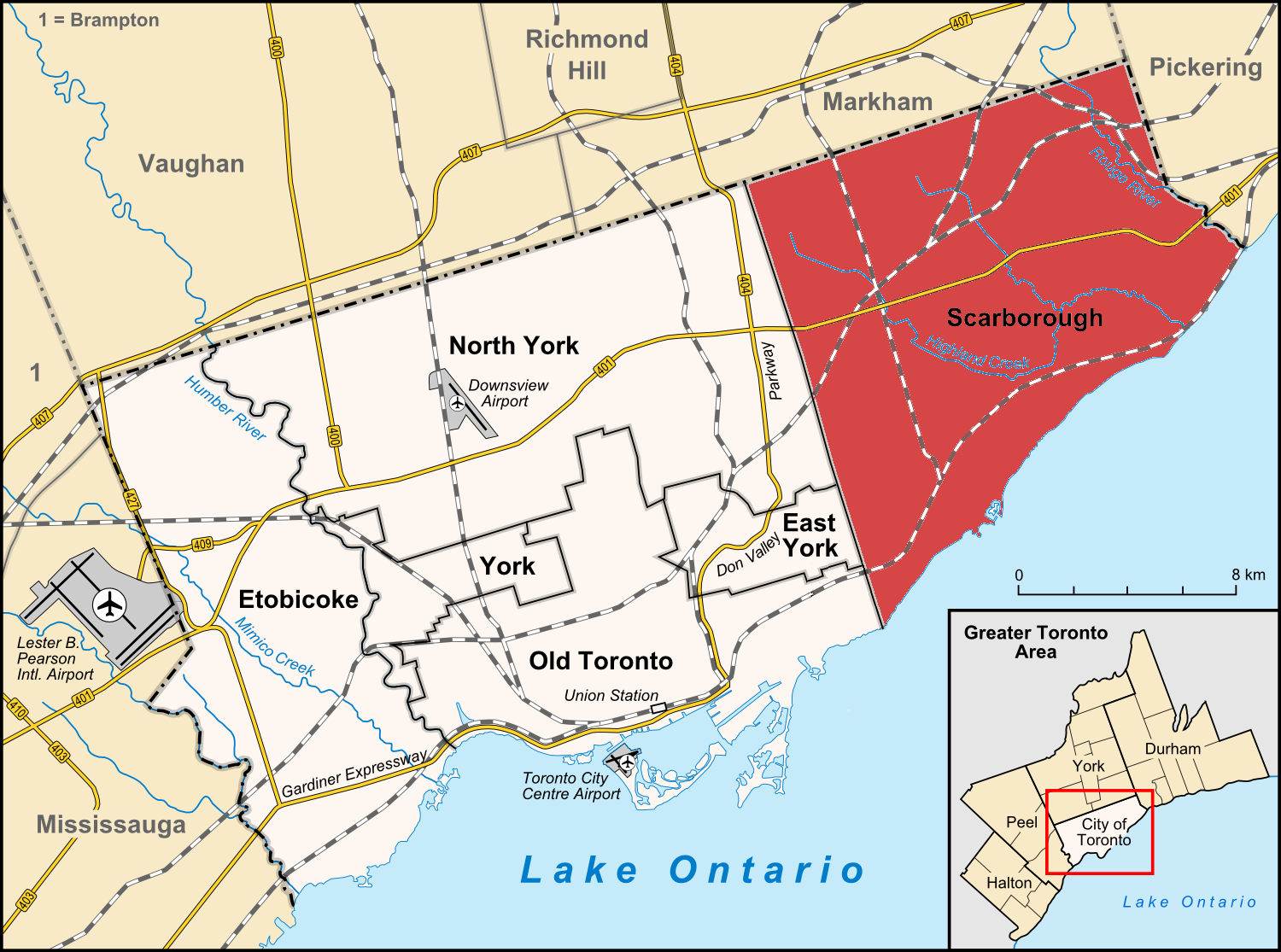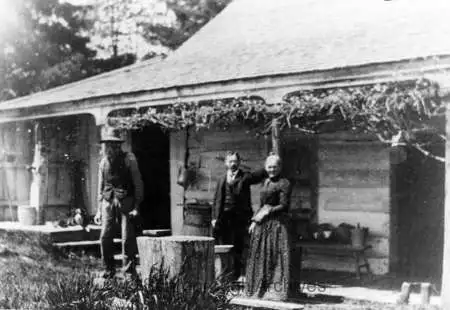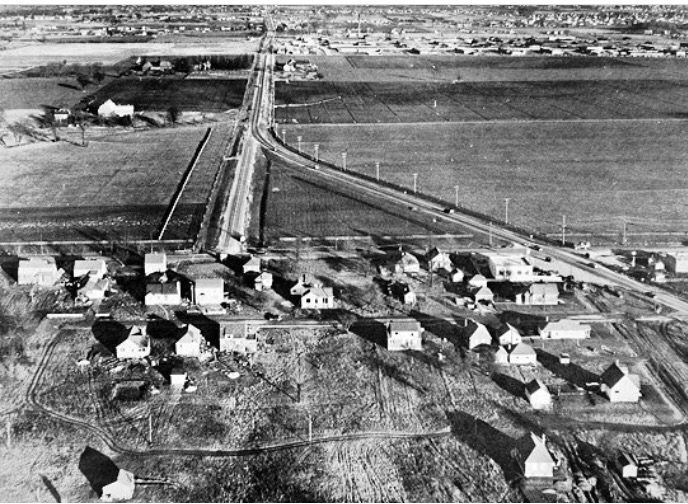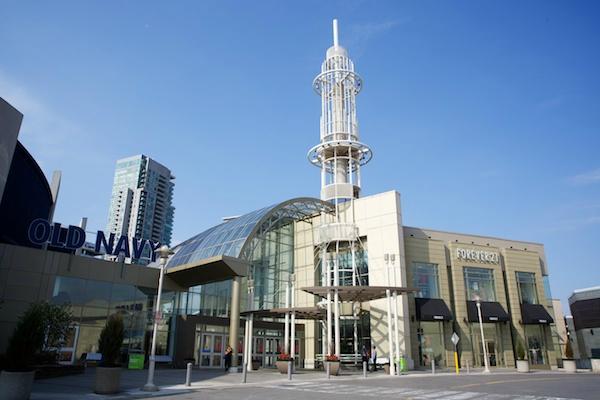Throughout history, Scarborough Ontario, located to the east of downtown Toronto, has occupied a special place both geographically and culturally in the Greater Toronto Area. Known for its dramatic landscapes, including the striking Scarborough Bluffs, sprawling parklands, and varied coastal stretches, this area’s natural beauty stands out as one of its greatest assets and is an important part of Scarborough’s history.
Introduction:
Scarborough, a vibrant and diverse borough of Toronto, Ontario, has a history that reflects its evolution from a humble agricultural community to a thriving suburban district. Positioned on the eastern side of the city, it features a diverse natural landscape, from the dramatic cliffs of the Scarborough Bluffs to the tranquil shores of Lake Ontario. The story of this region is a fascinating narrative of growth, challenges, and cultural amalgamation.
Initially, a patchwork of small farming communities, Scarborough’s development accelerated in the 20th century. The arrival of the Toronto and Scarborough Railway in the 1890s, followed by the creation of the Scarborough Town Centre in the 1970s, transformed this once-quiet locale into a bustling urban center. These key developments marked the beginning of Scarborough’s transformation, laying the groundwork for the diverse cultural tapestry that defines the area today.
Overview:

Scarborough Ontario In The Greater Toronto Area (GTA) – Wiki Commons
Spanning roughly one-third of Toronto’s total land area, Scarborough stands as one of the city’s most expansive districts. Its landscape is a diverse tapestry of residential neighborhoods, bustling commercial centers, and vast green spaces that collectively shape its unique charm. The dramatic cliffs and deep ravines are not just picturesque; they play a central role in the community’s recreational life, drawing both locals and visitors.
Culturally, Scarborough is a vibrant showcase of global diversity, a transformation that became particularly pronounced with the arrival of immigrants from Asia, the Caribbean, and beyond in the latter part of the 20th century. This rich cultural mix is reflected in the area’s variety of ethnic cuisines, festivals, and businesses, making it a lively, multicultural hub.
In 1998, Scarborough’s integration into the City of Toronto marked a pivotal shift aimed at fostering greater urban unity and improving service delivery. Following its amalgamation, the district saw significant upgrades in infrastructure, including expansions in public transit such as the Scarborough Subway Extension. These developments have been crucial in reinforcing Scarborough’s essential role within the Greater Toronto Area, while preserving its unique local identity.
Early History and Settlement:
Scarborough’s early history took a pivotal turn in the late 18th century with the arrival of European settlers, notably David and Mary Thomson, who made their home there in 1796. They were part of a broader influx of British immigrants to Canada drawn to the opportunities in what was then the British colony of Upper Canada. Establishing one of the first farms near today’s intersection of Lawrence Avenue and Brimley Road, the Thomsons laid the groundwork for future settlement.

Early Settlers in Scarborough, Ontario – Internet Archive
The community they founded slowly expanded as more settlers were attracted by the fertile land, ideal for agriculture and trade. The area was named “Scarborough” by Elizabeth Simcoe, the wife of John Graves Simcoe, Lieutenant Governor of Upper Canada, inspired by the striking resemblance between the Scarborough Bluffs and the limestone cliffs of Scarborough, North Yorkshire, in England.
This burgeoning settlement marked the transformation of Scarborough from a largely indigenous territory to a thriving agricultural center. By the mid-19th century, the area was dotted with farms and had developed a strong rural economy, based on crop cultivation and livestock rearing, paving the way for its future growth as an integral part of the Greater Toronto Area.
19th Century Changes
The 19th century marked a period of significant transformation for Scarborough as it began to industrialize, with infrastructure developments laying the foundation for its economic expansion. The construction of Kingston Road in the 1810s was a critical development. As one of the first major roads in Upper Canada, it revolutionized the transportation of goods and people between Scarborough and the city of Toronto. This opened up larger markets for local farmers and merchants and provided a substantial boost to the local economy.
The integration of the railway system in the 1850s further propelled Scarborough’s growth. The extension of the Grand Trunk Railway into the area connected Scarborough with other major Canadian cities, enhancing the distribution of agricultural products and making the area more attractive for various industries.
One significant industry that emerged was brickmaking, spurred by the abundant natural clay deposits in the region. The founding of the Scarborough Brick Company transformed Scarborough into a major hub of brick production, with many of its bricks used in the construction of Toronto’s expanding urban landscape. This industry not only altered the physical environment but also provided significant employment opportunities, playing a crucial role in the economic development of Scarborough.
20th Century Expansion

Scarborough, Ontario In 1949 – Wiki Commons
Following World War II, Scarborough underwent a significant transformation, fueled by a population boom and rapid urban development. This growth was largely driven by an influx of immigrants from Europe, Asia, and the Caribbean, who enriched the cultural landscape and spurred Scarborough’s evolution into a vibrant suburban hub. These newcomers brought with them a variety of skills and traditions, which increased the demand for housing, educational facilities, and community services.
A key development during this era was the construction of the Scarborough Town Centre in the early 1970s. Designed as a major commercial and cultural hub, it not only attracted further residential growth around its vicinity but also became a focal point for the community, serving as more than just a shopping destination. As Scarborough expanded, new residential areas like Malvern and Milliken emerged, featuring housing developments tailored to the growing population. These Scarborough neighborhoods were bolstered by essential infrastructure such as schools, parks, and libraries, cementing Scarborough’s reputation as a family-friendly destination.
The transformation from a collection of small rural villages to a densely populated suburban area underscores the dynamic changes that have shaped Scarborough’s history. Each phase of development introduced new challenges and opportunities, with Scarborough continuously adapting to meet the needs of its diverse and growing population.
Scarborough Culture:
Over the latter half of the 20th century, Scarborough cultural diversity made it one of the most culturally diverse regions in Toronto, a transformation largely driven by post-World War II immigration. Newcomers from Europe, Asia, the Caribbean, and later South Asia chose Scarborough as their new home, each group bringing a rich array of cultural practices, languages, and traditions that profoundly influenced the district’s social fabric.
Notably, Agincourt became renowned for its vibrant Chinese and East Asian communities, where local businesses and restaurants provide authentic cultural experiences. Similarly, the Caribbean community’s influence is joyously celebrated at the annual Scarborough Caribbean Carnival. This festive event features exuberant parades, lively music, and dance, drawing visitors from across the Greater Toronto Area.
These communities have enriched Scarborough’s cultural landscape and have been pivotal in its economic growth by establishing a variety of businesses and cultural centers. The diverse mosaic of cultures in Scarborough defines its unique appeal, marked by an openness and energy that resonates with both residents and visitors alike.
Arts and Culture
Scarborough’s diverse landscapes, from the natural grandeur of the Scarborough Bluffs Park and beach to its urban expanses, have fueled a rich tapestry of cultural expressions, especially in the arts and literature. The dramatic cliffs of the Bluffs have captured the imagination of countless artists and writers, featuring prominently in photographs, paintings, and literary works as symbols of the area’s natural beauty and as a source of inspiration for local creatives.

Scarborough Bluffs Park By: Michael Baccin – August 25, 2019: Via Unsplash
Beyond its natural beauty, Scarborough has made modern contributions to culture, such as the Scarborough Walk of Fame. Situated at the Scarborough Town Centre, this landmark celebrates notable individuals from the area who have made significant impacts in various domains, including the arts, sports, science, and community service.
Cultural festivals are another vital component of Scarborough’s vibrant scene, with events like the annual Taste of Lawrence Festival, one of Scarborough’s largest festivals celebrating the region’s culinary and artistic diversity. These festivals offer a taste of global cuisines and feature performances by local musicians and artists, playing a significant role in promoting cultural expression, enhancing community bonds, and fostering local pride.
Economic Shifts
During the late 20th century, Scarborough experienced significant economic shifts, most notably a downturn in its manufacturing sector, which had long been a cornerstone of the local economy. As factories shuttered or relocated to regions with lower operational costs, many community members faced unemployment, reflecting a wider pattern of deindustrialization seen across Ontario and other Western economies.
In the face of these challenges, Scarborough has demonstrated considerable resilience and adaptability. The district has effectively transitioned to new economic sectors, with a particular emphasis on technology and services. Key to this economic reorientation has been the establishment of the University of Toronto Scarborough campus and the Centennial College Progress Campus. These academic institutions have not only provided significant local employment opportunities but have also played a crucial role in sparking innovation and developing skills among the youth. By focusing on emerging sectors like information technology, health sciences, and environmental science, they are preparing a new generation for the jobs of the future.
Community Resilience
Scarborough’s response to its economic and social challenges showcases the community’s remarkable resilience. Local initiatives and governmental efforts have significantly bolstered infrastructure and public services, dramatically improving the quality of life for its residents. Notably, the rejuvenation of landmarks like the Scarborough Civic Centre and Scarborough Town Centre has injected new life into the area, transforming them into bustling centers for community interaction and economic activity.

Scarborough Town Center – Wiki Commons
Additionally, organizations such as the Scarborough Health Network have played a pivotal role in improving healthcare services and accessibility. This has been especially important in meeting the diverse needs of the community, with the expansion of the network and the introduction of specialized services underscoring a commitment to inclusive health and wellness.
Community resilience in Scarborough is further reflected in the robust grassroots movements that advocate for sustainable development and enhanced community services. Projects like the Scarborough Waterfront Project exemplify these efforts, aiming to protect and improve the area’s natural beauty while promoting sustainable practices that benefit both people and the environment.
Conclusion:
From its origins as a simple collection of farms and villages, Scarborough has blossomed into a thriving and essential part of metropolitan Toronto. This evolution reflects not only the growth of a community but also the enduring resilience and dynamic transformation of its people and places. The narrative of Scarborough is rich with change—from its initial days of indigenous habitation and European colonization, through a period of industrial expansion driven by the advent of roads and railways, to its development into a suburban hub that has been greatly enriched by successive waves of diverse immigrants.
Today, Scarborough stands as a proud emblem of its historical importance and its vibrant cultural mosaic. It is a place where history melds with modernity, where the past is both celebrated and the future eagerly embraced. The district’s stunning natural features, like the Scarborough Bluffs, alongside contemporary landmarks such as the Scarborough Town Centre, continue to make it an attractive and sought-after locale for living, working, and exploring.
Reflecting on Scarborough’s extensive history, we uncover more than mere dates and events; we discover the personal and collective stories of those who have molded this region into the diverse and flourishing community it is today. These stories enrich our understanding of Scarborough and foster a deeper appreciation for its intricate and diverse heritage.
Finding the Right Real Estate Agent in Toronto
As we conclude our exploration of Toronto’s main attractions and the wonderful experiences they offer, one crucial aspect remains: finding the top real estate agent in Toronto and the Greater Toronto Area (GTA). Whether you’re a local resident or a newcomer to the city, having a trusted real estate agent by your side can make all the difference in navigating the real estate market and finding your dream home.
If you’re thinking of buying or selling real estate in Toronto or you’re seeking advice about real estate in this beautiful part of Ontario don’t hesitate to reach out to Frank Leo & Associates.
We have over 30 years of real estate experience in the GTA at your disposal. You can also get started taking advantage of our Guaranteed Home Selling System with a Free, no-obligation Home Evaluation.
Tagged Frank Leo Community ProfileGTA Real EstateNeighbourhood ProfileToronto neighbourhoodToronto Real Estate